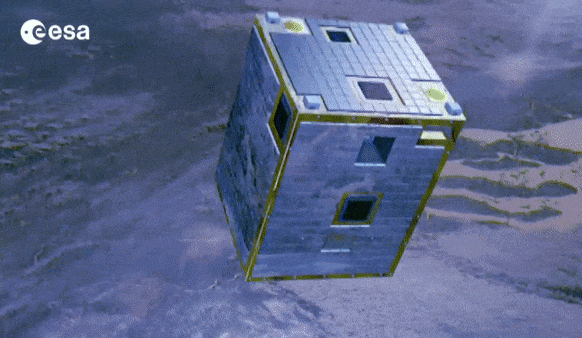ESA’s Proba-1 minisatellite was launched into orbit two decades ago today. It remains fully operational, however, making it the Agency’s oldest serving Earth observing mission. Proba-1 is roughly the size of a hotel fridge but hosts two Earth-observing instruments along with numerous technological firsts.
The first in ESA’s family of ‘Project for On-Board Autonomy’ missions, Proba-1 began life as a technology demonstration satellite, subsequently becoming an Earth observation mission. Its main hyperspectral Compact High Resolution Imaging Spectrometer, CHRIS, is accompanied by the monochromatic 5-m spatial resolution High Resolution Camera.
Overseen from ESA’s ESEC-Redu centre in Belgium, the highly-automated Proba-1 introduced various then-novel but now mainstream technologies to space, including lithium ion batteries, gallium arsenide solar panels, the use of startrackers for gyro-free attitude control and ESA-developed ERC-32 microprocessors running its flight computer.
Proba-1 was followed by the Sun-observing Proba-2 in 2009 and vegetation-tracking Proba-V in 2013, with the double-satellite Proba-3 to demonstrate precision formation flying while studying the Sun’s corona planned for launch in 2023.
Carrying plenty of low-cost, commercial-off-the-shelf components and systems, Proba-1 has sometimes been described as ‘NewSpace before NewSpace’. The mission continues to deliver imagery to scientific teams around the globe, while also providing valuable data on the longevity of space systems and components.
For more histroric background on Proba-1, read this celebration in theESA Bulletin.



 Image:
Mini Earth-observer Proba-1's 20 years in orbit
Image:
Mini Earth-observer Proba-1's 20 years in orbit